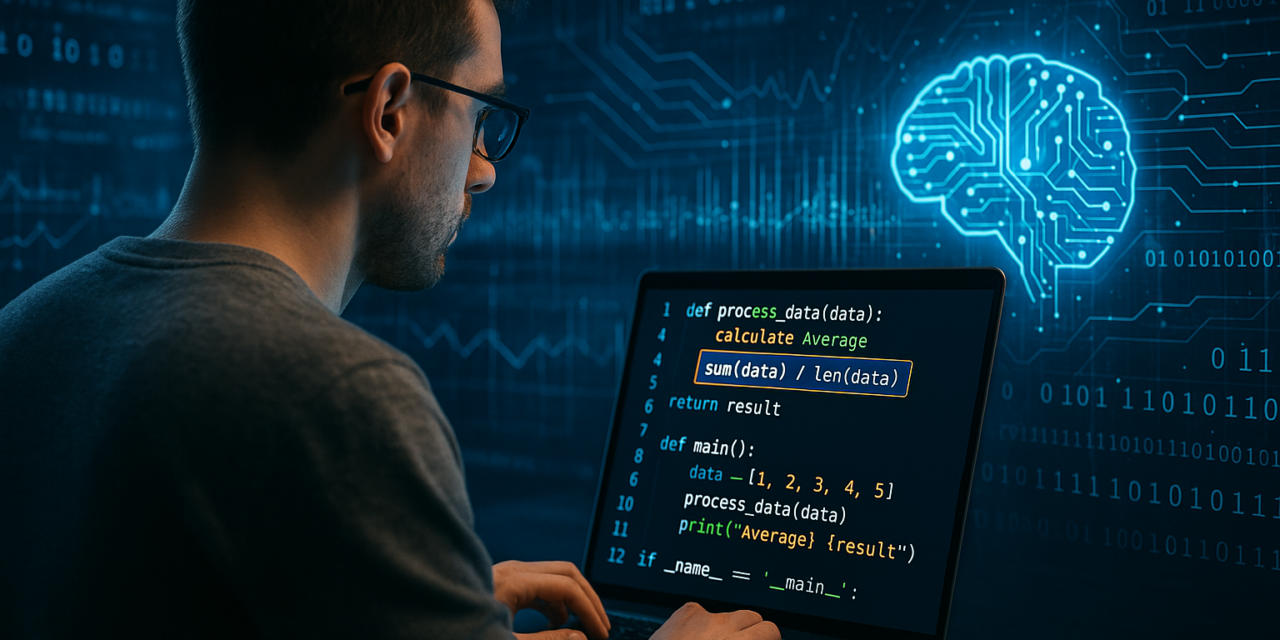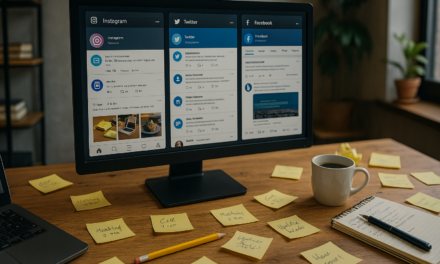Introduction
As deadlines approach, engineers are all too familiar with the ongoing quest for efficiency. Whether it's the surprise of an unexpected deadline or the frustration of repetitive tasks, optimizing time is a universal challenge in the engineering field. Picture a typical morning: you settle in with your coffee, ready to tackle an extensive report, only to discover data inconsistencies that disrupt your schedule. Sound familiar?
Welcome to the era of AI tools—digital allies designed to alleviate the burden of repetitive tasks and bring fresh insights into technical processes. Consider a scenario where an engineer works through a complex dataset, only to lose valuable hours to manual error-checking and repetitive calculations. Imagine reclaiming that time for creative problem-solving or strategic planning. AI offers this promise and much more, reshaping the engineering landscape one task at a time.
Why AI Matters for Engineers
Engineering is the foundation of innovation, requiring precision, creativity, and analytical skills. However, the industry is often constrained by monotonous tasks that can stifle efficiency and divert focus from core objectives. Today’s engineers must not only design and develop but also analyze massive datasets, predict trends, and optimize operations—all areas where AI can play a crucial role.
Envision an engineer optimizing a manufacturing line. Manual calculations and adjustments can take hours or even days. With AI, this same engineer could automate repetitive modeling tasks, allowing algorithms to detect process inefficiencies and quickly generate actionable insights. AI technology not only enhances productivity but also bolsters decision-making capabilities, enabling engineers to innovate and solve more complex problems effectively.
Top AI Tools to Know
Tabnine
Tabnine is an AI-powered assistant specifically designed to streamline coding processes. Its intelligent code completion tool goes beyond mere code snippets, understanding contextual cues to assist engineers in writing, debugging, and optimizing code efficiently.
Benefits: Engineers save immense amounts of time as Tabnine predicts and auto-completes code lines, reducing the need to constantly reference documentation or previous projects. This allows engineers to maintain their workflow and focus on creative problem-solving.
Example: An engineer coding a simulation for a new structural component could use Tabnine to rapidly iterate through various algorithms, moving from prototype to solution more swiftly and with fewer interruptions.
Future Outlook
As AI continues to evolve, its integration into engineering practices is set to deepen. In the next 3–5 years, we can expect AI to not only assist with routine tasks but also drive innovation in fields like predictive maintenance, generative design, and real-time data analysis. Engineers will likely deploy AI to fine-tune everything from energy consumption forecasts to infrastructure resilience plans.
However, with these advancements come potential risks—such as over-reliance on AI tools or the challenge of ensuring AI-generated insights remain accurate and unbiased. Engineers will need to develop complementary skills, such as data literacy and AI ethics, to harness the full potential of these technologies responsibly.
Conclusion
The role of AI in engineering is not merely supplementary; it is transformative. As we look towards a future driven by innovation, embracing tools like Tabnine gives engineers an edge in efficiency and creativity. Why not explore how these tools could redefine your daily operations and open new horizons in your work? Now is the time to dive into AI and reimagine what’s possible in engineering.



